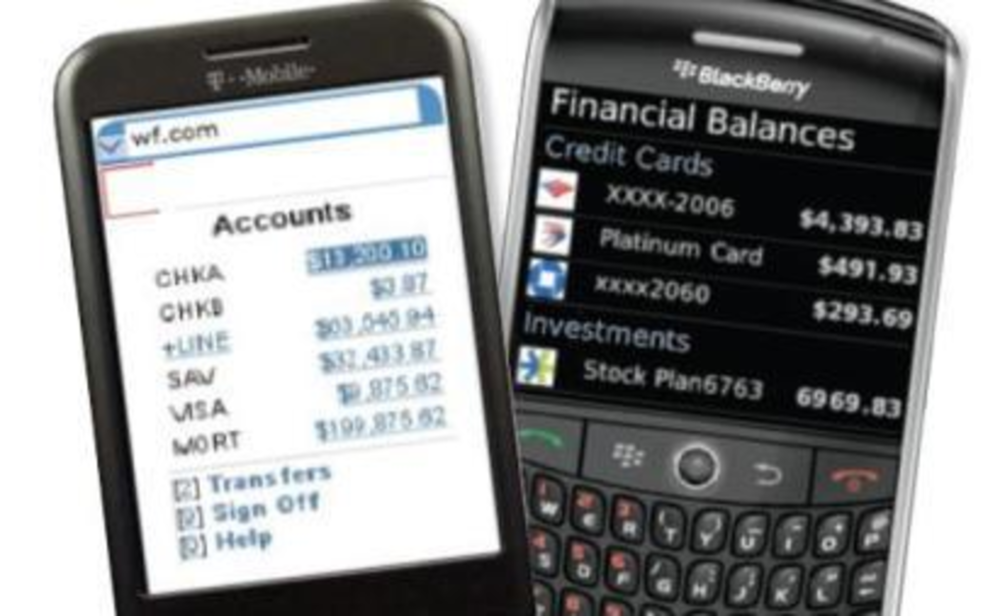With new services that let customers manage their finances via a mobile phone, last week Commerce Bank joined a growing number of other institutions such as Wells Fargo, Bank of America and HSBC already offering mobile banking services.
As a result, the mobile phone is beginning to have more in common with the ATM.
“There are more mobile phones out there than there are PCs, bank branches or even operators that can help consumers do their banking through a phone call,” said Mike Wehrs, president/CEO of the Mobile Marketing Association. “If you view the world that way, and you look at the improved user experience across handsets and networks, you can see that there is a strong desire for a consumer to gain access to their account through the mobile phone.”
At this phase, mobile banking has been about banks offering wireless application protocol (WAP) sites and secure short message service (SMS) to customers. Most consumers primarily have been using the services to check balances and look at transactions, but some banks also are taking this to the next step with mobile banking services.
“A few banks have mobile applications that allow you to pay bills, get notifications of transfers and transfer money,” Wehrs said. “And, once a customer starts using these services, the banks are inviting them to do more things.”
Wells Fargo has two mobile banking services ? a mobile WAP site and an SMS program. The SMS lets customers check their balance and the mobile WAP site lets customers do transactions.
“For us, it is about giving the customers the choices that we are seeing that they wanted in the marketplace,” said Arah Erickson, head of the retail mobile channel at Wells Fargo. “Customers are doing more and more on their mobile devices, and we want to be where they are.”
In late 2008, Macorr found
that 77% of the people surveyed said
it’s important to have access to bank account and credit card account
balances at all times, Erickson also noted. “There is nothing more instant than the mobile phone,” she remarked.
To receive banking information, customers can text WELLS to the bank and a shortcode with an action, such as checking their balance. Wells Fargo does not use secure SMS, so the bank is careful not to include any private information in the text.
“It should be like an ATM receipt, which can be thrown away,” Erickson explained.
To promote its mobile services, Wells Fargo uses a multichannel approach, including promotions on ATM receipts and bank statements and through direct mail. The bank also includes messaging for the mobile WAP service at the end of an SMS bank balance update to make sure that customers are aware of their options.
“We cross-pollinate across the channels, because we want to be where it is convenient for our customers,” Erickson said. “We see our mobile offering as part of the bank’s value proposition to the customer to be there when they want to bank. It ties into our overall brand messaging, which is centered around reaching us the way you want to.”
Last year, the infrastructure for mobile banking was built, so issues around security and fraud are all being considered. There are a handful of products on the market that allow for secure transactions, even through text, making it possible for mobile banking to take off.
CellTrust, for example, offers a service that lets banks and consumers send encrypted text messages, which allows them to make banking transactions via SMS.
“Some banks have already employed an alerting mechanism through standard SMS, with the capability of doing some mobile banking if you happen to have data on your phone,” said Sean Moshir, CEO of CellTrust. “There have been concerns about privacy and customers wondering if a transaction is proper. The latest effort to combat this has been to secure the SMS that encrypts the message.”
Mobile banking also is expected to grow considerably in emerging countries. Juniper Research projects that more than 150 million mobile subscribers worldwide will access banking services on their mobile device in 2011, with the majority of mobile banking users coming from the Far East and China, followed by Western Europe and North America.
To help build the infrastructure, last week the Bill & Melinda Gates Foundation donated $12.5 million to mobile banks in emerging economies. The foundation partnered with the GSMA, a worldwide consortium of mobile industries, to form the Mobile Money for the Unbanked (MMU). The MMU will work with mobile operators, banks, microfinance institutions, governments and development organizations to help those in developing countries carry out mobile banking.
“I think one of the reasons the Gates Foundation was particularly interested in this area is that many of these people have not experienced traditional banks and will have their primary banking experience on the mobile phone,” said Wehrs. “So you are leap-frogging the traditional infrastructure that we have in place, which may help it grow faster.”








